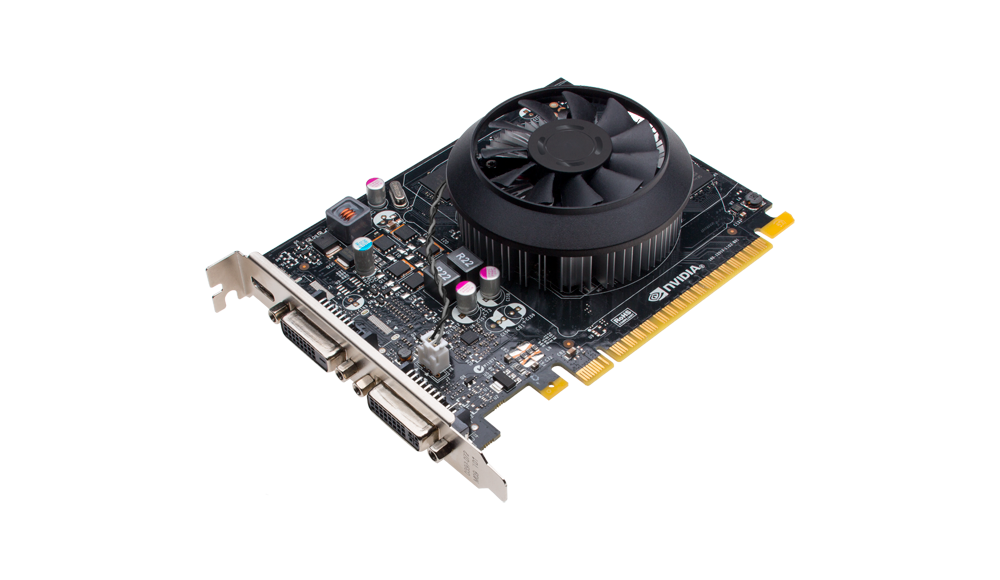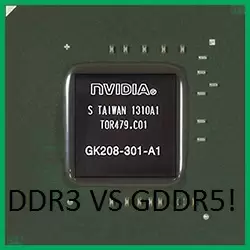

ROPs (Raster Operations Pipelines - also sometimes called Render Output Units) are responsible for drawing the pixels (image) on the screen. Pixel rate is worked out by multiplying the number of Raster Operations Pipelines by the the core speed of the card. Pixel Rate: Pixel rate is the maximum amount of pixels the video card could possibly write to its local memory in one second - measured in millions of pixels per second. It is measured in millions of texels processed in a second. The better this number, the better the graphics card will be at handling texture filtering (anisotropic filtering - AF). This number is worked out by multiplying the total texture units by the core clock speed of the chip. Texel Rate: Texel rate is the maximum number of texture map elements (texels) that are applied per second. It especially helps with AA, HDR and high resolutions. The higher the card's memory bandwidth, the better the card will be in general. This is an extremely narrow range which indicates that the Nvidia GTX 750 performs superbly consistently under varying real world conditions. In the case of DDR type RAM, it must be multiplied by 2 again. The range of scores (95th - 5th percentile) for the Nvidia GTX 750 is just 3.1.

The number is worked out by multiplying the interface width by its memory clock speed. The actual pixel output rate also depends on many other factors, most notably the memory bandwidth - the lower the memory bandwidth is, the lower the potential to get to the max fill rate.Memory Bandwidth: Memory bandwidth is the max amount of data (counted in megabytes per second) that can be transferred across the external memory interface in a second. ROPs (Raster Operations Pipelines - aka Render Output Units) are responsible for filling the screen with pixels (the image). Pixel rate is calculated by multiplying the amount of Raster Operations Pipelines by the the card's clock speed. Pixel Rate: Pixel rate is the maximum amount of pixels the video card can possibly record to its local memory in a second - measured in millions of pixels per second. It is measured in millions of texels applied in one second. The better the texel rate, the better the card will be at texture filtering (anisotropic filtering - AF). This is worked out by multiplying the total amount of texture units of the card by the core speed of the chip. Compare that to the Radeon HD 7970, which has clock speeds of 925 MHz on the GPU. It also features 640 SPUs, 40 TAUs, and 16 ROPs. Texel Rate: Texel rate is the maximum texture map elements (texels) that are applied per second. The GeForce GTX 750 Ti features a GPU core clock speed of 1020 MHz, and the 2048 MB of GDDR5 RAM is set to run at 1350 MHz through a 128-bit bus. It especially helps with AA, High Dynamic Range and high resolutions. The higher the memory bandwidth, the faster the card will be in general. In the case of DDR memory, it must be multiplied by 2 again.

It's worked out by multiplying the interface width by its memory speed. Memory Bandwidth: Bandwidth is the max amount of information (counted in megabytes per second) that can be moved over the external memory interface in a second.


 0 kommentar(er)
0 kommentar(er)
